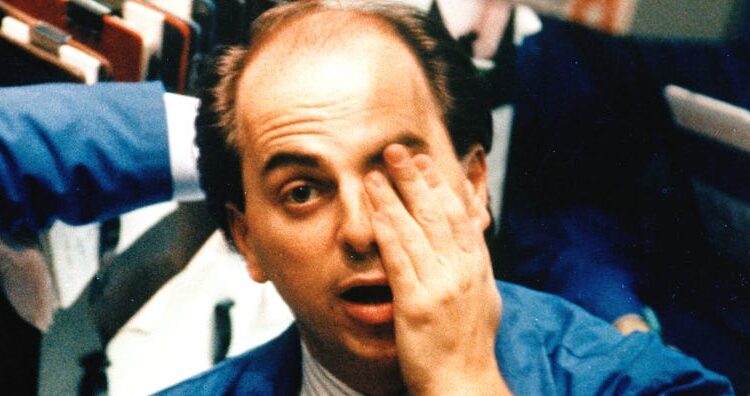
There are two major similarities between today’s stock market environment and the dot-com bubble era, says RIA Advisors CIO Lance Roberts.
One is that companies are referencing AI left and right in their earnings reports in a bid to drum up investor hopes about future profits, echoing the firms’ eagerness to include a “.com” in their names in the late 1990s.
Mentions of AI in earnings reports are up 70% since late 2022, according to an Accenture chart that Roberts shared in a June 11 note.
RIA Advisors/Accenture
And two, there is a small group of firms leading the overall stock market rally, just as it was in 2000. For example, the S&P 500’s top five companies by market cap today make up 27% of the index, even higher than the 18% share at the height of the internet bubble.
RIA Advisors
Another statistic illustrating this point is that only 30% of stocks in the S&P 500 have outperformed the index since January.
But while parallels between today and 2000 exist, Roberts is hesitant to condemn the market to the same fate it faced then — a brutal drop of around 50%. He’s a bit more optimistic this time around because of the robust earnings performance fueling the few stocks leading the market. In 2000, much of the performance for even the top stocks was based solely on future expectations, he said.
Even though that’s the case, Roberts says investors still have to be mindful of how long such strong earnings growth can last.
He shared a list of four things that could derail earnings performance for AI mega-caps: a reduction in demand for AI if companies don’t find it as useful as they’d hoped; increasing competition from others in the AI space, which then lowers prices; AI suppliers to firms like Nvidia could start to raise their prices, cutting into profits; and even as companies scale up production, profit margins may not stay the same if costs rise.
“We are again experiencing another of these speculative ‘booms,’ as anything related to artificial intelligence grips investors’ imaginations,” Roberts said. “What remains the same is that analysts and investors once again believe that ‘trees can grow to the sky.'”
Dot-com bubble sequel?
Many comparisons have been made between 2000 and today. Market valuation levels are one reason for concern, with measures like the Shiller CAPE ratio near historic highs.
GuruFocus
But as Roberts points out, there are some key differences. Jonathan Golub, the chief US equity strategist at UBS, highlighted some of these disparities in a client note on Friday.
For one, rates are much lower, acting as less of a drag on growth stocks.
UBS
The CBOE Volatility Index, or VIX, is also much lower than it was leading up to the dot-com crash, showing investors are more sanguine about the market’s prospects.
Credit Suisse
But the market’s performance going forward also hinges on more than just the AI trade. Investors largely expect the US economy to avoid a recession in the months ahead. But if inflation flares up again or the Federal Reserve leaves rates high for too long, the economy could sour, and investors would have to lower expectations.
If the economy remains intact, however, the rally could continue for the foreseeable future — as long as the earnings beats keep pouring in.
“Today is not like 2000, but there are similarities. Is this time different, or will trees again fail to reach the sky?” Roberts said. “Unfortunately, we won’t know for certain until we can look back through the lens of history.”
